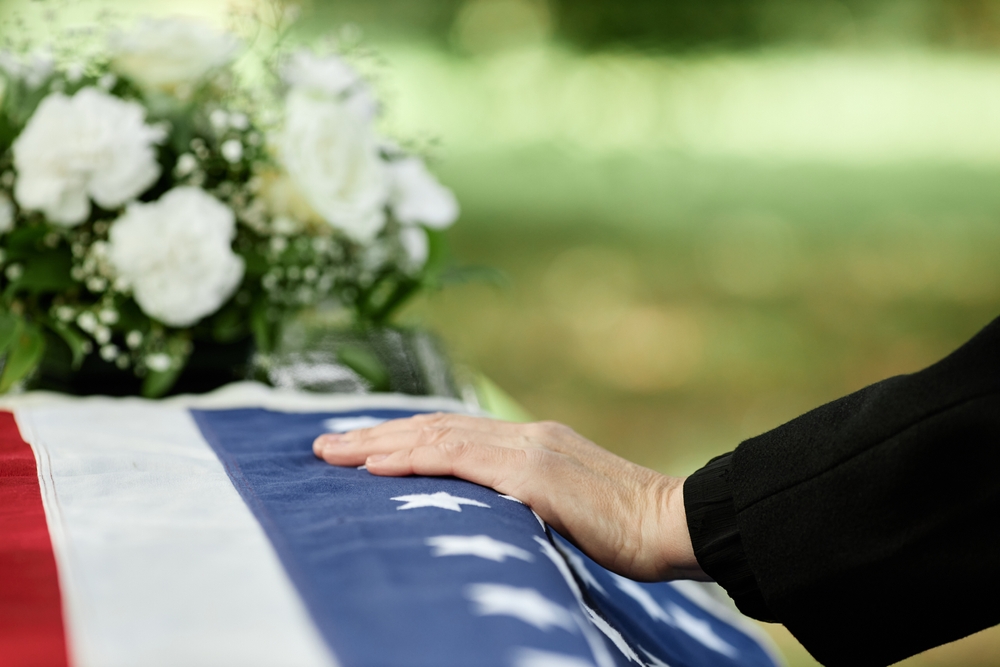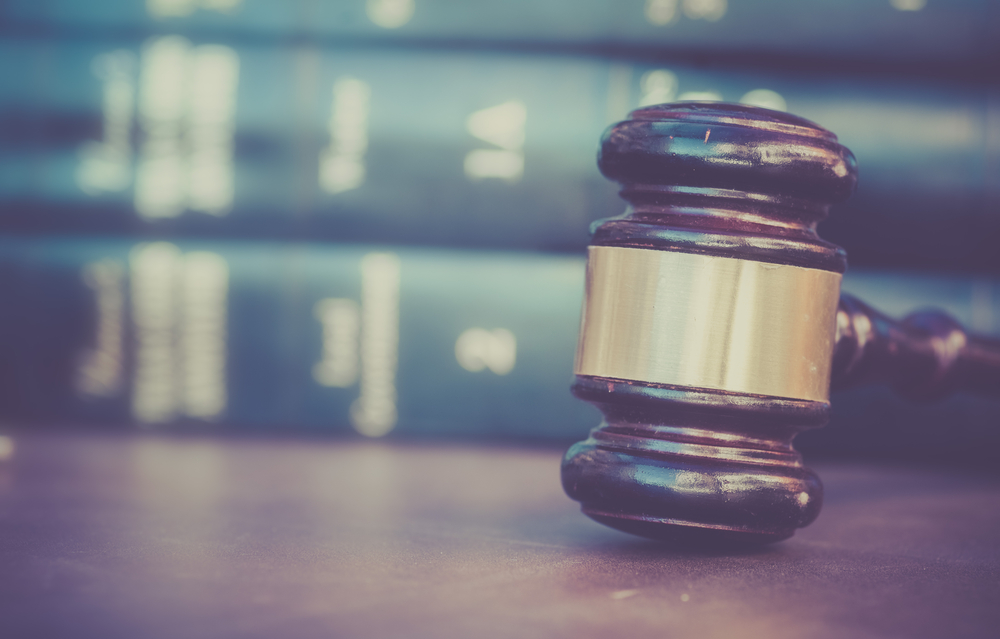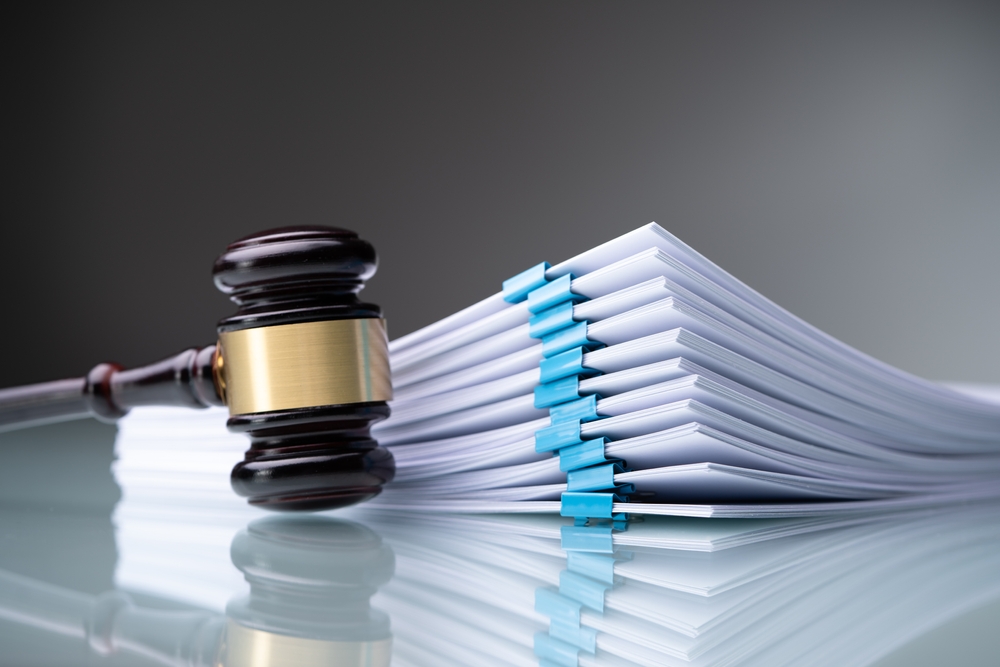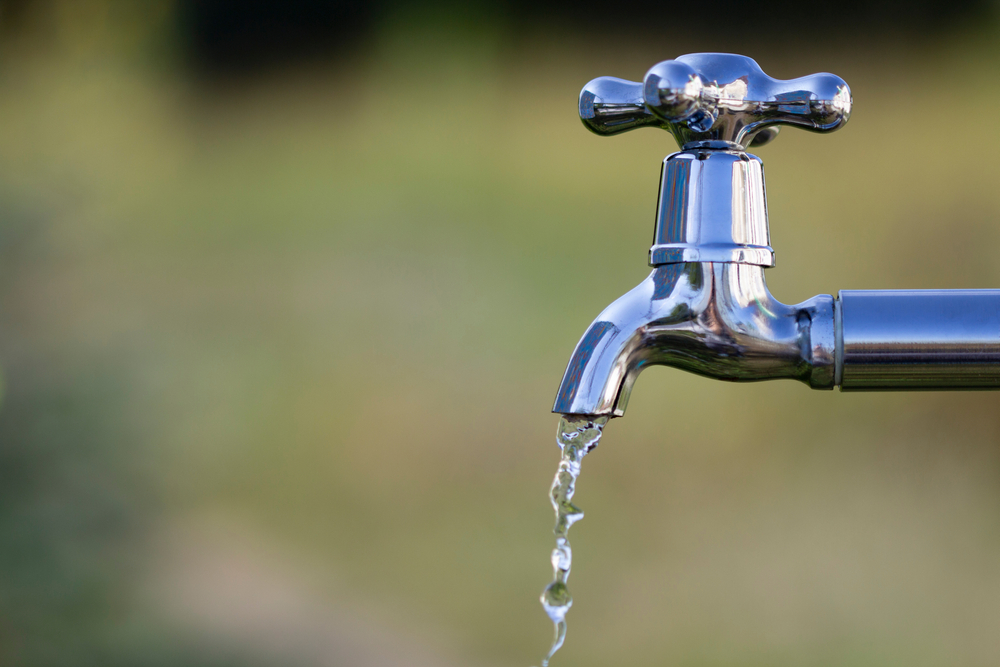Camp Lejeune Lawsuit Process Explained
Last year, the Camp Lejeune Justice Act went into effect, allowing service members and civilians affected by decades of toxic water contamination at the North Carolina military base to sue the government. Veterans and their families have filed nearly 100,000 claims since then. Due to staff shortages and funding issues, the Camp Lejeune claims process has been plagued by delays, and less than a fifth of claims have been processed. If you got sick or a family member passed away after toxic water exposure at Camp Lejeune, now’s the time to file. Consulting a Camp Lejeune lawyer is the first step you should take if you think you’re eligible for a claim.
To file a claim, you must have been stationed at Camp Lejeune for at least 30 days from August 1, 1953, to December 31, 1987. You must also have a diagnosis linked to water contamination — presumptive conditions include bladder, liver, and kidney cancers, adult and childhood leukemia, multiple myeloma, and Parkinson’s disease. (You can find the complete list here.) While you can represent yourself, legal representation can make the process much easier. You should ask an attorney whether they’ll collect fees upfront; if they say yes, it may be a sign to choose someone else. You can expect this from the claims process once you’ve hired a Camp Lejeune attorney.

Step 1: Filing A Camp Lejeune Administrative Claim
The first part of the process is filing an administrative claim with the Navy Judge Advocate General’s Corps (JAG). You’ll provide the basics, including your name, address, and attorney’s information. The form also asks where you lived on base while at Camp Lejeune and whether you were a civilian employee or a military member. You’ll also address whether you are filing a personal injury or wrongful death claim.
The next section of the form asks for the illnesses you’ve been diagnosed with due to Camp Lejeune’s toxic water exposure. You can write in any condition that isn’t included on the list of presumptive illnesses. The document also asks for the amount of your claim in dollars. When you sign the form, you certify that “the amount of claim covers only damages and injuries caused by the accident above and agree to accept said amount in full satisfaction and final settlement of this claim.” If your request is too low, you may miss the total settlement amount you can receive. If you hire a Camp Lejeune attorney, they can submit the administrative form on your behalf. This dramatically reduces the risk of an error that affects your settlement offer.
Step 2: Waiting For A Response
The Department of the Navy will send a Letter of Perfection acknowledging that it received the claim and that there aren’t any technical errors on the form. The letter doesn’t mean the claim will be accepted but confirms that the government has received it. The Navy JAG has 180 days to respond to the claim with a settlement offer or denial. You can accept and close your case if you receive a satisfactory settlement offer. If the government doesn’t respond in six months, offers a settlement amount that’s too low, or denies your case, you can file a Camp Lejeune lawsuit. Because of the government’s processing delays, many claimants aren’t hearing back within six months, allowing them to sue.
Step 3: Going To Court
Assuming you don’t receive a suitable settlement offer, you can take the case to court. Your attorney will file a complaint on your behalf, the nature of which will vary depending on your circumstances. You would file a personal injury claim if you got sick after Camp Lejeune and a wrongful death lawsuit if you’re seeking justice for a loved one who died from a Camp Lejeune-related illness. The government will be able to respond to the complaint and the allegations you’ve made.
From there, you’ll enter the discovery phase. During this step, both parties will exchange information about evidence, records, and relevant facts to the case. Discovery also involves depositions of relevant witnesses, which is helpful if the case goes to trial. Next, the case will go to mediation, and you’ll have the option of meeting with a third-party negotiator who can help settle out of court. If mediation fails, the case will go to trial. Trials take longer than an out-of-court settlement, but jury verdicts are often more significant than settlements.
If the jury rules against the plaintiff and finds the government not liable, the defendant is left with nothing. But suppose the trial goes in the plaintiff’s favor, which is the expected outcome for many Camp Lejeune cases. In that case, they may receive more than they would through the administrative claims process and accepting a settlement offer. By some estimates, Camp Lejeune plaintiffs might receive settlements over $1 million for the government’s negligence. A Camp Lejeune lawyer can get the settlement you deserve to compensate for your illnesses.
The deadline to file a Camp Lejeune claim is August 10, 2024, so time is of the essence to seek justice.

















